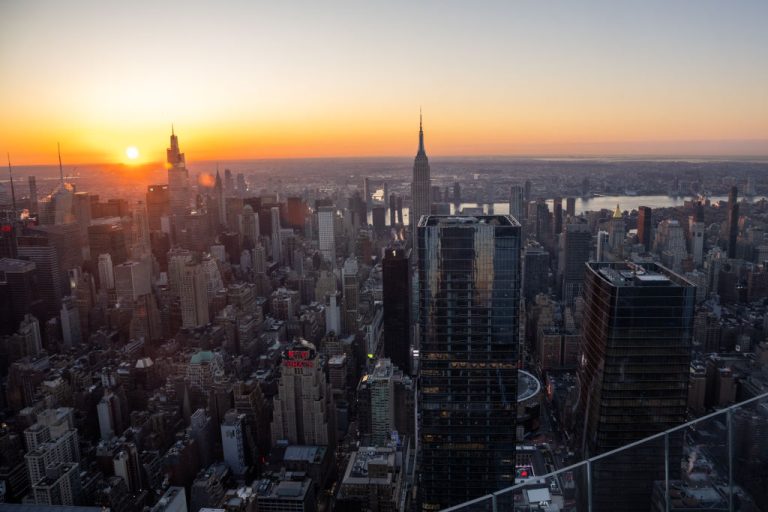According to new research coming out of Virginia Tech and in collaboration with the U.S. Geological Survey, a number of East Coast cities are sinking at an alarming rate under the weight of their own buildings and in many cases as much as five millimeters per year.
Major population centers, including New York City, Long Island, Baltimore, and Virginia Beach, and Norfolk, are experiencing rapid “subsidence,” or sinking land, increasing risks to roadways, rail lines, pipelines and building foundations, according to a study published on Jan. 2 in the Proceedings of the National Academies of Sciences.
“In absolute terms, subsidence is a major threat worldwide and rapid urbanization of coastal zones leads to increased exposure of coastal communities and infrastructure. Beyond the direct impacts, subsidence in coastal zones is a major driver of current and future hazards, amplifying the impacts of climate change-driven global SLR,” the researchers wrote.
While the study found that some areas along America’s East Coast are sinking at a rate of five millimeters per year, many other communities are experiencing subsidence of around two millimeters per year.
The study says that more than 1,400 miles of land along the East Coast is sinking at a rate of more than five millimeters annually, outpacing the estimated rate of global sea level rise by more than four millimeters.
Success
You are now signed up for our newsletter
Success
Check your email to complete sign up
The lead author of the study, Leonard Ohenhen, said the findings “should cause concern” and that the subsidence could potentially impact upwards of two million people and 800,000 properties along the East Coast.
“For example, significant areas of critical infrastructure in New York, including JFK and LaGuardia airports and [their] runways, along with the railway systems, are affected by subsidence rates exceeding 2 millimeters per year,” Ohenhen told the NY Post.
Other research, published last September by the National Aeronautics and Space Administration (NASA) indicates that areas around LGA and Ashe Stadium have sunk between 3.7 and 4.6 millimeters per year between 2016 and 2023.
READ MORE:
- ‘This is a real problem’: NYC Mayor Seeks to Amend ‘Right to Shelter’ Law in Face of Waves of Migrants
- Artistic Freedom Under Siege: New Report Exposes the CCP’s Widespread Censorship and Oppression of Falun Gong, Shen Yun
- NYC Celebrates Major Gains in Renewable Energy, Zero Emission Vehicles
Impacts already noticed
While the study shines a light on potential future hazards, the impacts of subsidence are already being felt in a number of East Coast communities.
Increased flooding, in addition to intense storm and hurricane surges are already impacting coastal regions.
For example, last week’s nor’easter resulted in a devastating amount of flood waters in coastal areas, including Long Island and Connecticut, all of which were made worse due to subsidence.
Klaus Jacob, a professor emeritus at Columbia University’s Lamont-Doherty Earth Observatory, told the NY Post that much of the East Coast is at “extreme risk.”
“Long Island, Staten Island, Brooklyn, Queens, The Bronx, you name it,” he said, adding that, “The Hudson Valley all the way up to Troy … I would say anything at elevation 20 [feet above sea level] and below is an extreme risk. There’s a marginal risk for elevations between 20 and 30 feet.”
Jacob believes that New York City, especially downtown Manhattan, “will need to convert itself into a modern Venice within the next century,” the NY Post reported.
“If we want to keep skyscrapers and other buildings functioning, they will need to become mini islands that are standing in the water,” Jacobs added.
















